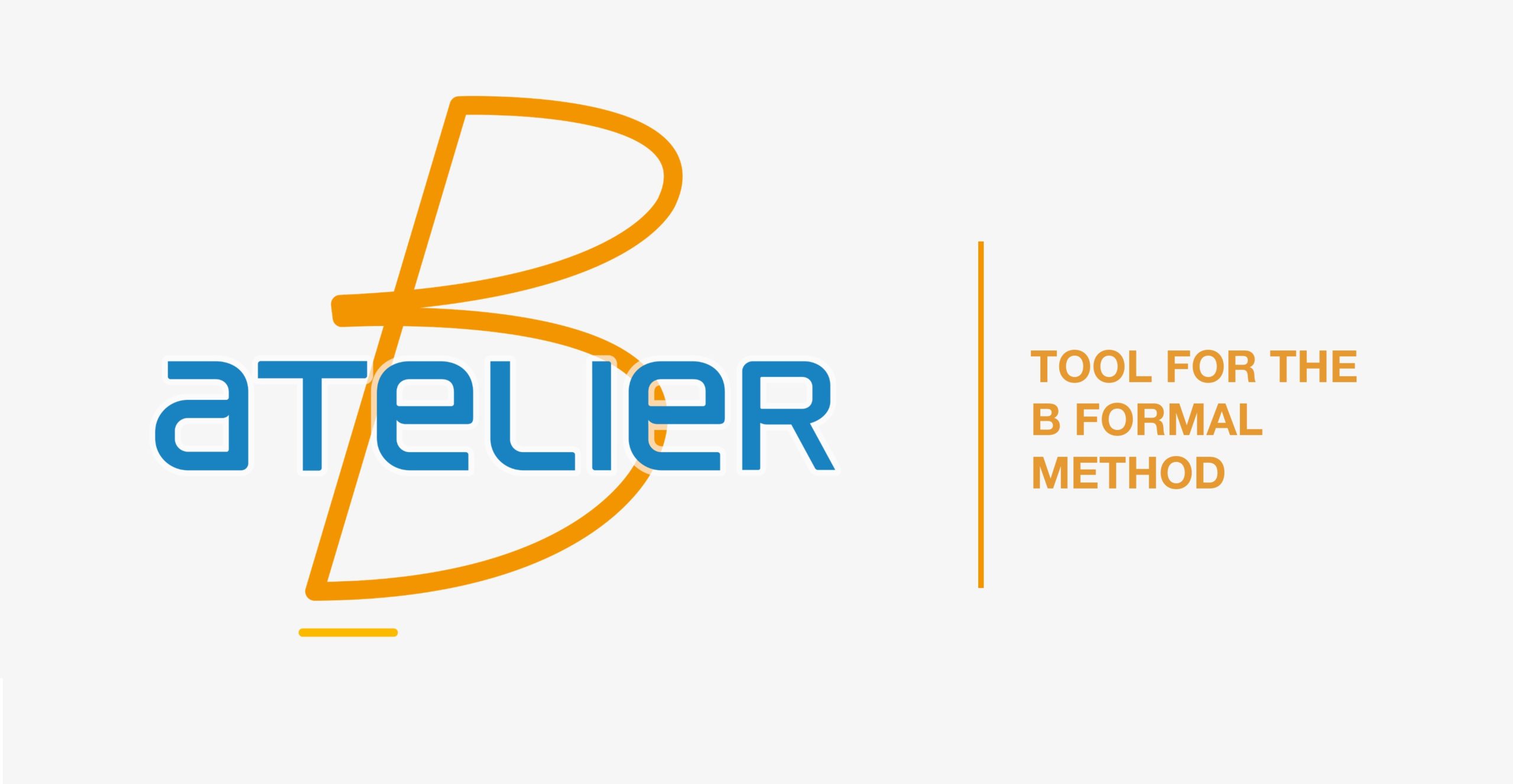
Atelier B is a tool enabling the operational use of B method. In a coherent environment, it provides many functions for managing projects in B language.
For industrial use, it is available in 2 versions:
- The Atelier B Professional Edition is regularly updated and includes exclusive features such as an Ada translator, a Project Checker, and tools for proving mathematical rules. It can be used in industrial settings requiring close support, as well as in academic environments. It is available on request via a maintenance contract.
- The Atelier B T2 Certified Edition, with its T2 certification, enables the development of critical software compliant with EN 50128 and the validation of system properties compliant with EN 50129 for SIL4 applications. A replay tool, Certifier, guarantees that projects developed with a recent Atelier B comply with standards. It is available on request for industrial applications, and offers the same exclusive features as the Atelier B Professional Edition.
Functions
These functions can be divided into four categories:
- proof aid, to demonstrate proof obligations using suitable proof tools
- Development aid: automatic management of dependency between B components,
- User comfort tools: graphical representation of projects, display of project status and statistics, project archiving.
Use of Atelier B
Atelier B is either used via a Man Machine Interface in QT format or using the commands directly (command mode). Atelier B is multi-user. Tasks that can be automated during project development are the following:
- Syntax verification of components
- Automatic proof obligation generation
- Automatic translation of B installations to C or Ada language
Currently, Atelier B is available in Windows, Linux, Mac OS and Solaris operating systems.
ATELIER B and website
visit the web site: www.atelierb.eu
Link to this tools
Link to this tools
Linked to this tools
Linked to this tools
Linked to this tools
- • T2 certification for Atelier B
- • CLEARSY and UFRN make cooperation agreement to promote international internships...
- • Extension of Line 14 of the Paris Metro: over 25 years of reliability thanks to ...
- • Exciting News: Atelier B Community Edition 24.04 Available!
- • The White House highlights the use of formal methods in a new report.
- • 9ᵉ ABZ International Formal Methods Conference in Nancy from May 31 to June 2,...
- • A certified version of ATELIER B is planned for 2024
- • Formal activities through the V cycle
- • Two decades of industrial exploitation of the B formal method.
- • The new formal tool Atelier B 4.7 is available.
- • Assigning safe processing to meanings
- • CLEARSY IS PARTICIPATING TO THE INTERNATIONAL CONFERENCE ABZ 2021
- • New version of Atelier B for Mac-OS
- • CLEARSY Saftey Platform 4.5.4 tool available
- • CLEARSY organizes a technical seminar that will take place at Sherbrooke Univers...
- • 19th Brazilian Symposium of Formal Methods
- • ABZ 2014 – From june 2d to 6th in Toulouse
- • Atelier B 4.0 is available!
- • SIFER Fair 2009 at Lille
- • The new version of Atelier B is in beta test
- • Free Version of Atelier B
- • Atelier B 3.7.1
- • Atelier B 3.7
- • CLEARSY at the SIFER 2007 Fair
- • Composys, version 1.6
- • RIMEL Project